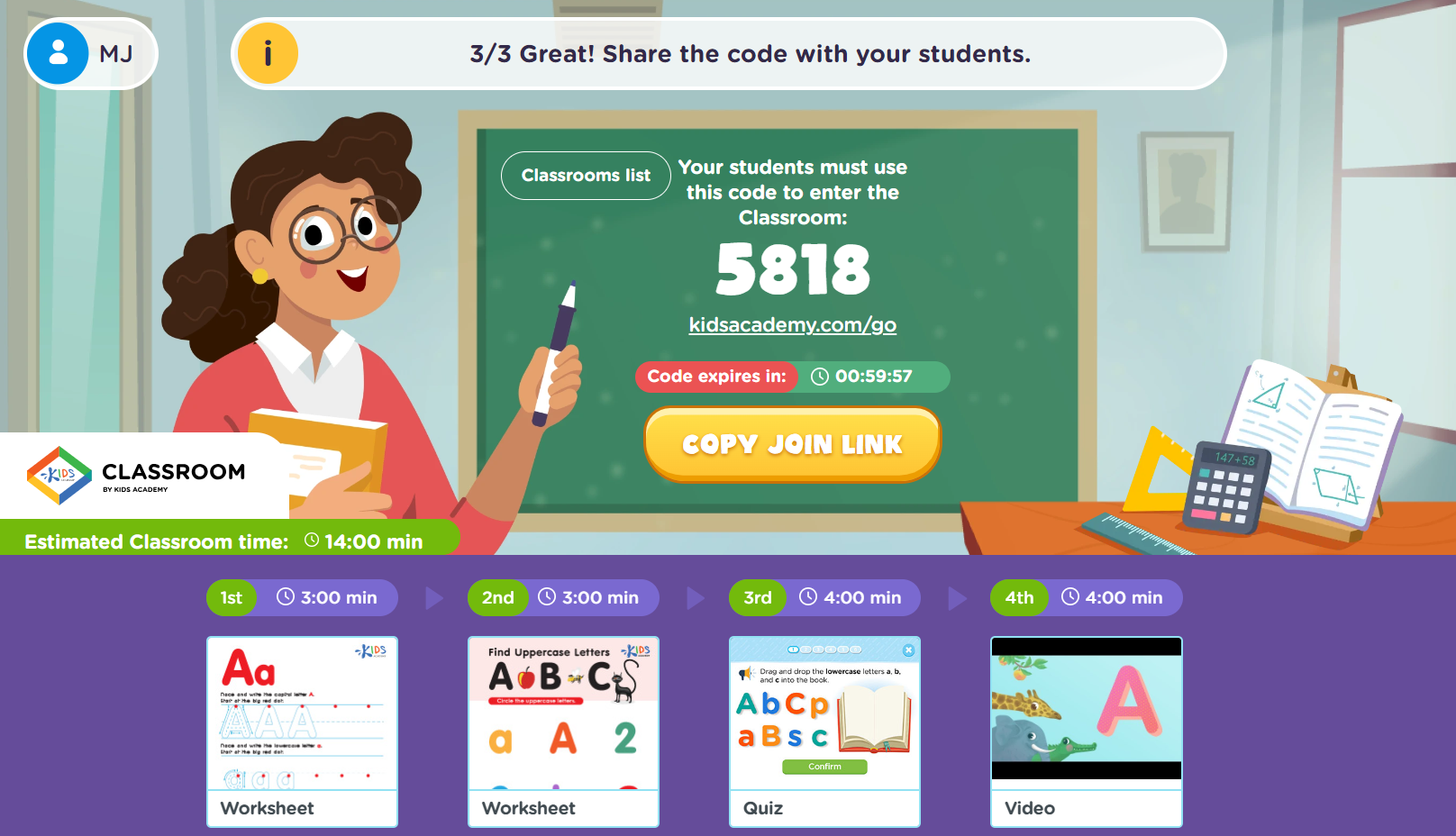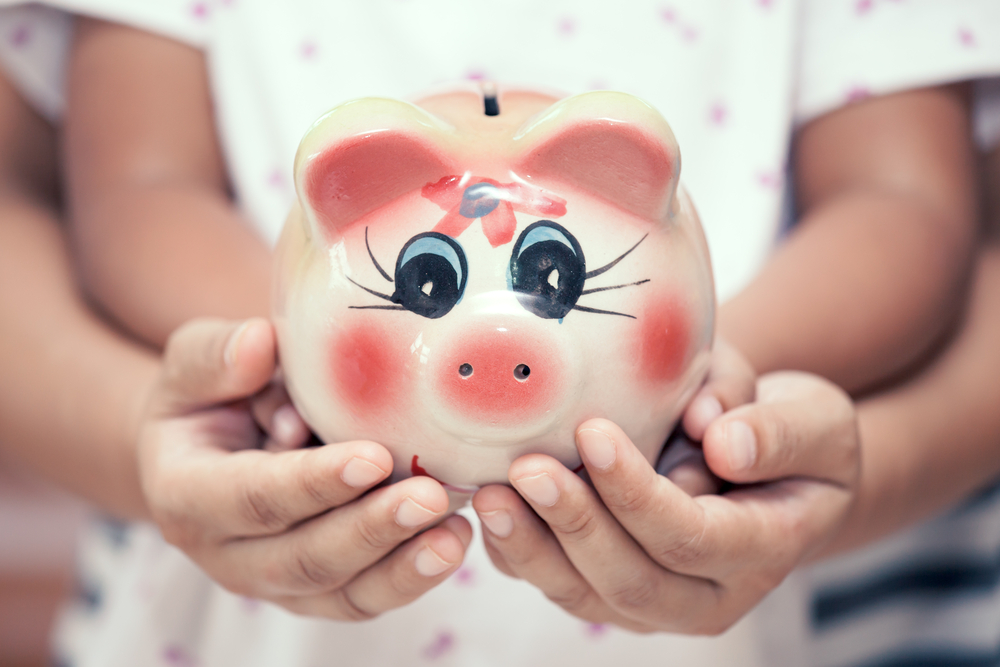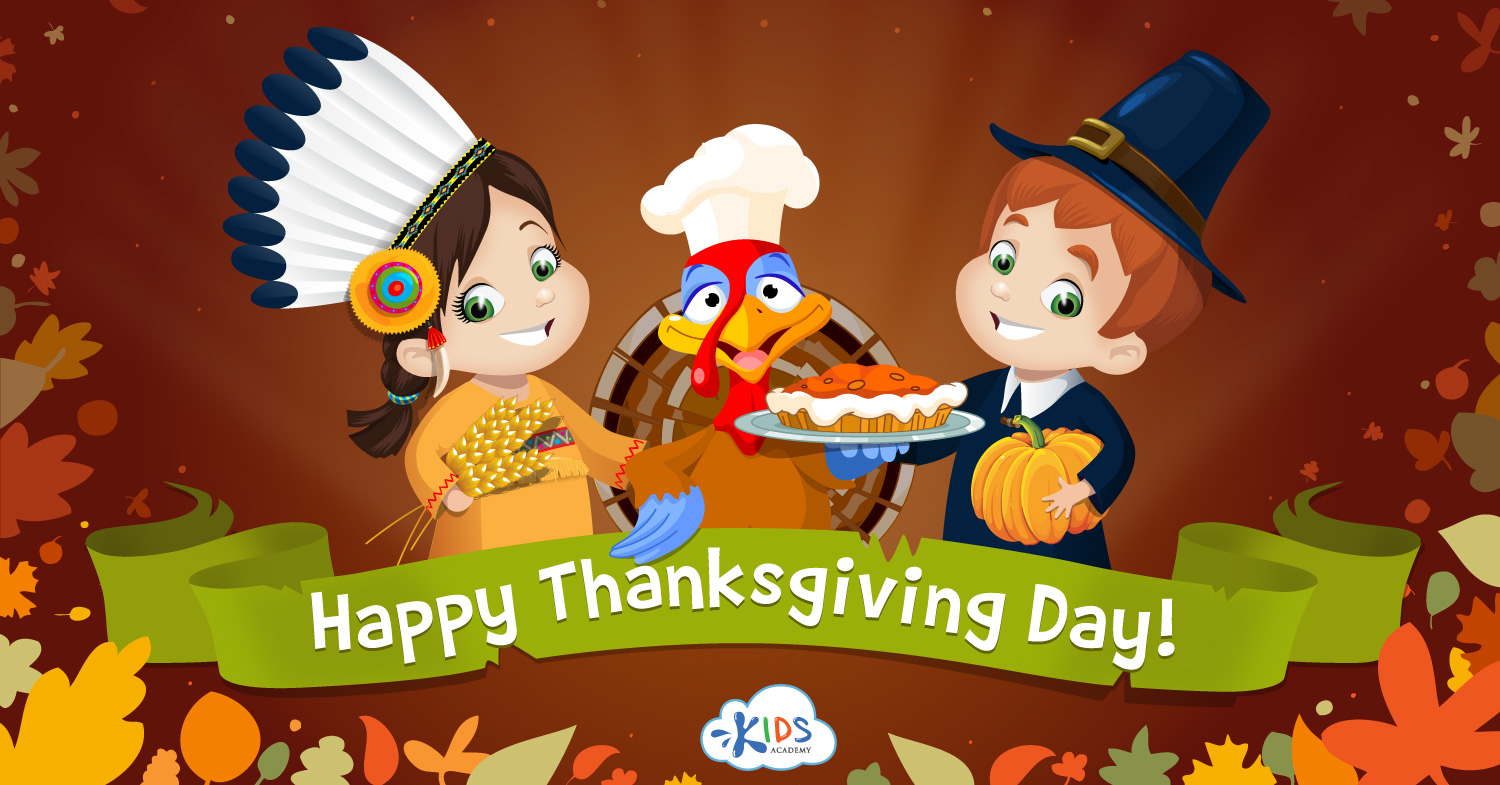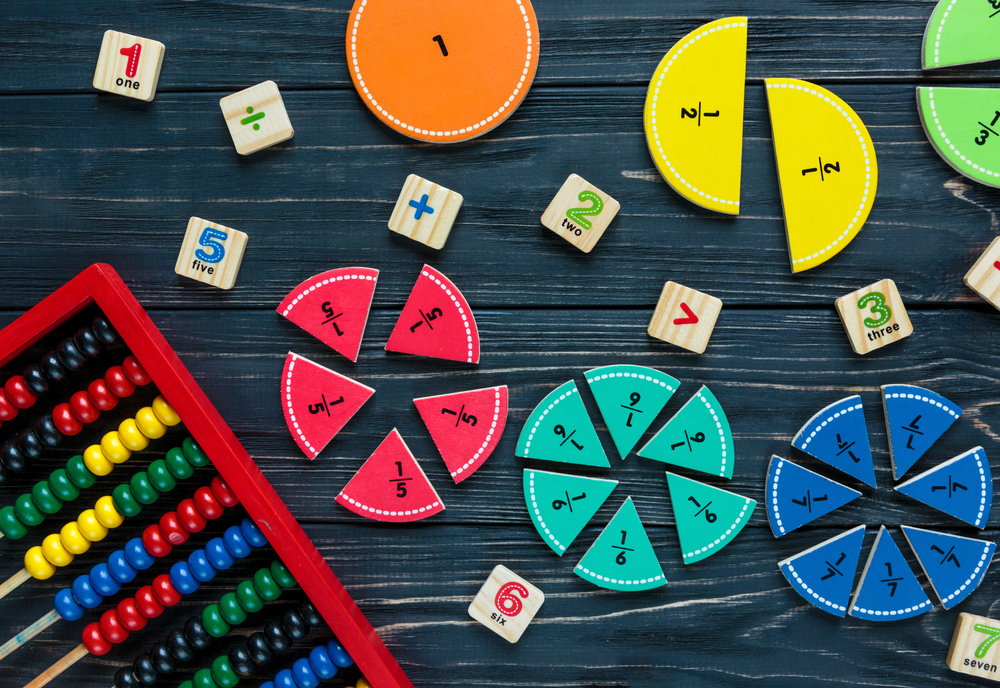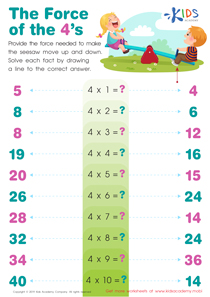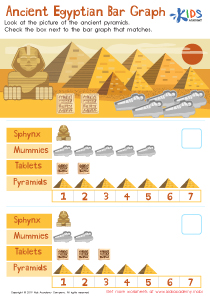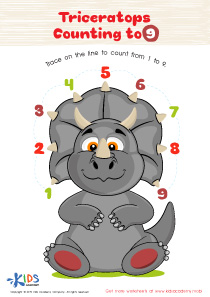Easy Comparison Worksheets for Ages 4-9
3 filtered results
-
From - To
Explore our "Easy Comparison Worksheets for Ages 4-9," designed to make learning fun and effective for young students! These engaging worksheets help kids practice essential comparison skills, such as identifying greater than, less than, and equal values. With colorful visuals and interactive exercises, children can build their confidence in math while developing critical thinking abilities. Tailored for different skill levels, our worksheets support learning at home or in the classroom. Ideal for teachers and parents alike, these resources make comparing numbers a breeze. Unlock your child's potential and enhance their math skills with our easy-to-use worksheets today!
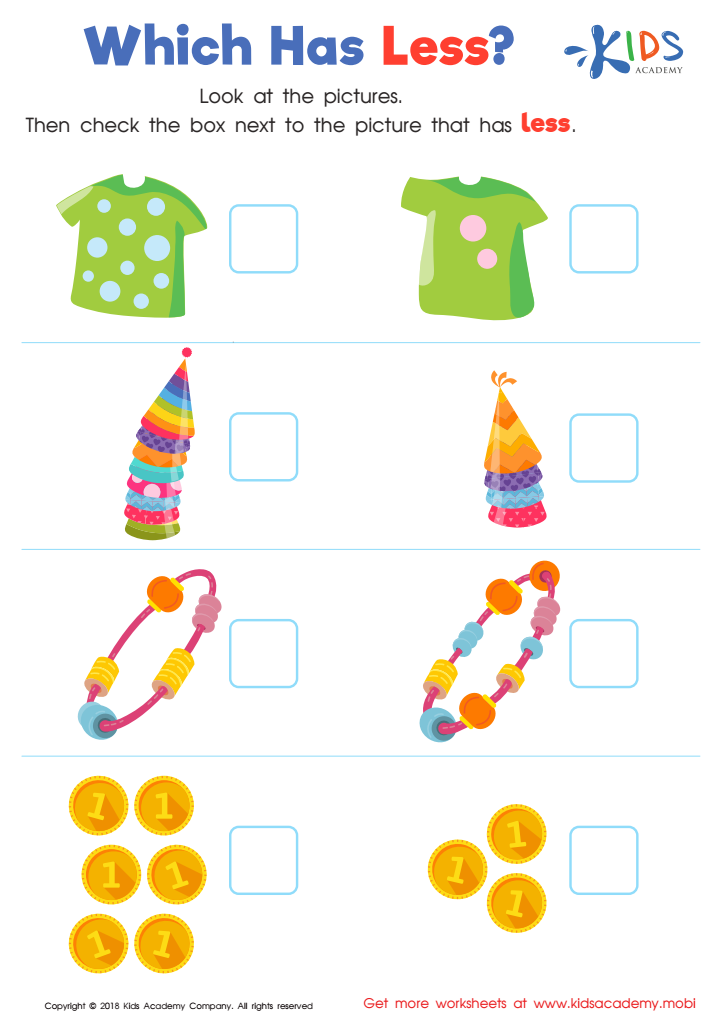

Which Has Less? Worksheet
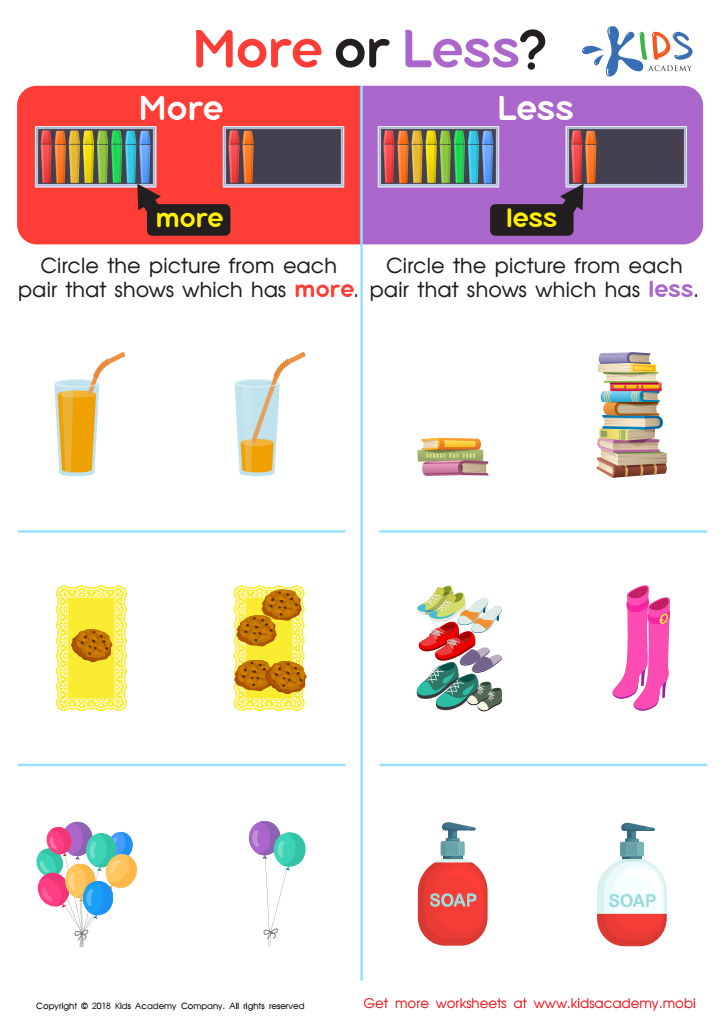

More or Less? Worksheet
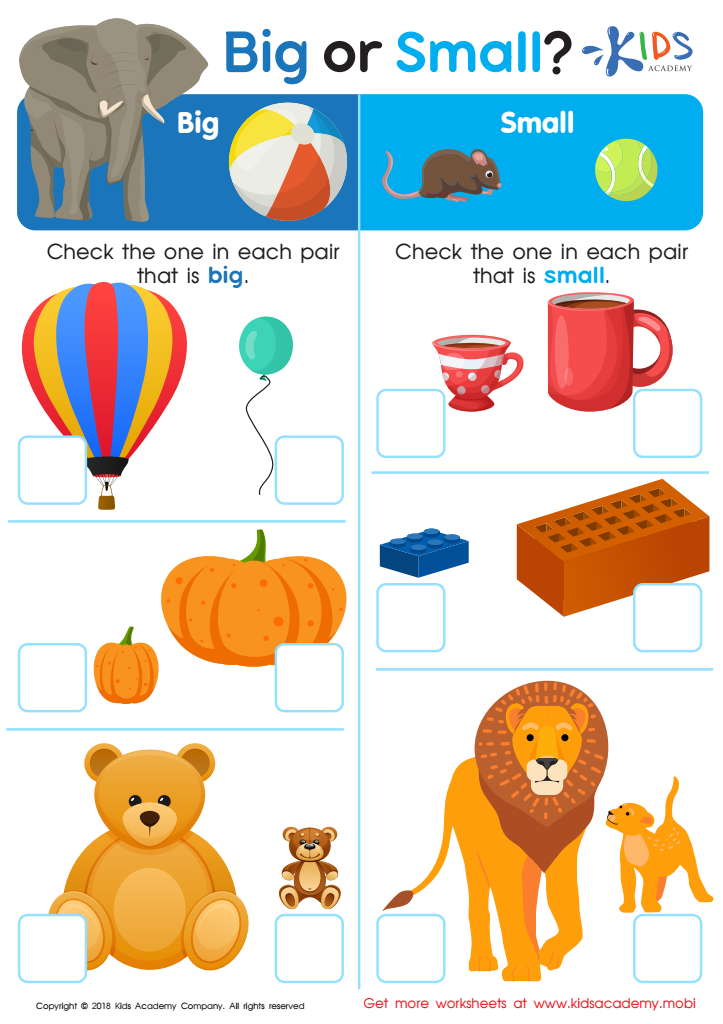

Big or Small? Worksheet
Parents and teachers should prioritize Easy Comparison for children aged 4-9 because it lays a foundational skill critical for cognitive development. At this stage, young learners typically begin to understand basic mathematical concepts, and teaching them how to compare quantities fosters essential reasoning abilities. Easy Comparison helps children grasp the relationships between different sets of objects, aiding in both numerical comprehension and problem-solving skills.
Moreover, the activity promotes critical thinking by encouraging kids to analyze before making judgments, setting the groundwork for more complex math and science challenges later in their education. It supports the development of language skills as children articulate their comparisons, describe their thought processes, and communicate with peers, enhancing social interactions and collaborative learning opportunities.
Integrating Easy Comparison within early education encourages curiosity and engagement with everyday scenarios, such as comparing toys or snacks, making learning relevant and enjoyable. It can also reduce math anxiety by normalizing comparisons as a natural part of understanding numbers, fostering a positive attitude toward mathematics. Ultimately, by focusing on Easy Comparison, parents and teachers equip children with vital skills that extend beyond the classroom, empowering their future academic successes and boosting their confidence.
 Assign to My Students
Assign to My Students




